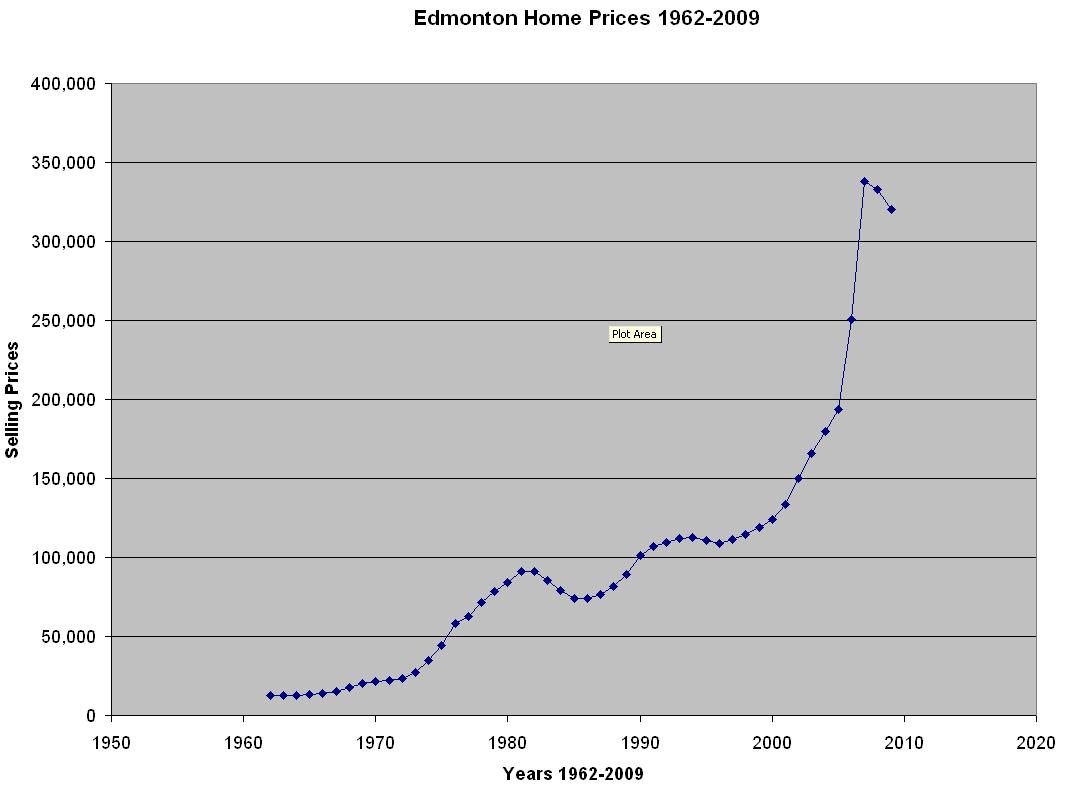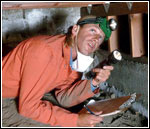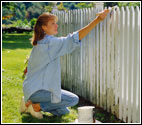Questions Home Buyers Ask, Part 1: Working with a REALTOR®
Thursday, October 28th, 2010 My clients in Spruce Grove, Stony Plain, Parkland County and the Edmonton area have lots of questions, and I’m happy to answer them! This article is Part 1 of a series that addresses the most common questions I get from home buyers.
My clients in Spruce Grove, Stony Plain, Parkland County and the Edmonton area have lots of questions, and I’m happy to answer them! This article is Part 1 of a series that addresses the most common questions I get from home buyers.
How do REALTORS® get paid?
REALTORS® work on commission, a percentage of the selling price of a property. This commission is specified in the Listing Contract signed by the seller and the REALTOR® who lists the property. When a property is sold, the REALTOR® who listed the property for the seller shares the commission with the REALTOR® who sells the property to the buyer. The buyer is usually not required to pay a commission directly (unless the buyer is under contract; ask your REALTOR® if you are not sure).
When should I start actually looking at homes with a REALTOR®?
As soon as you are pre-approved by your bank or a mortgage broker, you can begin looking at homes. I would not recommend looking at homes prior to getting pre-approved because you may find something you fall in love with and then find out you do not qualify to purchase it!
Do I have to call the REALTOR® who has the house listed to view the house?
No. In Alberta, any REALTOR® can show you any house that is listed on MLS®. If you have chosen to work with a REALTOR®, your REALTOR® would prefer to show you the property rather than you calling the REALTOR® who listed the home. Remember, REALTORS® are paid based on a commission so if you are working with multiple REALTORS®, the only REALTOR® who may get paid is the one who writes the offer with you. If you are looking for a REALTOR®’s full attention, you need to show you can be loyal.
How do I choose a REALTOR® to work with?
Choosing a REALTOR® can be a difficult task. REALTORs®, like people in any profession, are not all created equal! Here are a few tips for picking a REALTOR®:
- Think about what you are looking for in a REALTOR®. Personality is a large part of this profession so think about what type of personality you are compatible with.
- Ask friends or family if they can recommend a REALTOR® to you. If not, start searching on the Internet or in the newspaper.
- Look through websites and see if there are testimonials posted. Do the testimonials give you an indication of the type of personality the REALTOR® has, and is this a fit for you?
- Interview more than one REALTOR® to get a feel for what different people have to offer.
- Find out if the REALTOR® is part-time or full-time and how often you will be able to get in touch with him or her.
- Find out what types of technology the REALTOR® uses: Internet, email, text messaging, social media, etc.
- Send an email to the REALTOR® and see how long it takes for that person to respond. This could be an indication of how attentive the REALTOR® will be to you.
- Ask how many clients the REALTOR® works with at one time. More can be less in this business. Do you feel the REALTOR® will have enough time for you?
- You want a REALTOR® who is client focused. That is, YOU need to be more important than the commission the REALTOR® will earn. The REALTOR® will earn his or her commission after all your needs have been met.

If you don’t see your question here, it might be answered in the Buyers Guide section of my website. Or, feel free to contact me any time by email at barry@barryt.ca or by phone 780-910-9669.


 Whether in Spruce Grove, Stony Plain, Parkland County, the Edmonton area or elsewhere, REALTORS® love statistics. We like to know how many and what kind of properties are being listed and sold, and for how much. We also like to examine trends over time because this helps us help our clients determine realistic property values when they buy or sell a home.
Whether in Spruce Grove, Stony Plain, Parkland County, the Edmonton area or elsewhere, REALTORS® love statistics. We like to know how many and what kind of properties are being listed and sold, and for how much. We also like to examine trends over time because this helps us help our clients determine realistic property values when they buy or sell a home.
 “Location, location, location” usually means attractive neighbourhoods close to schools, hospitals, and facilities for entertainment, recreation and shopping. It can mean proximity to a lake or backing onto a park, green space or golf course. Homes in undesirable locations might be next to commercial/industrial buildings, beside railway lines, under flight paths, or in neighbourhoods with high crime rates. Also included are economically depressed areas, where neighbours show zero pride of ownership in maintaining their homes and yards.
“Location, location, location” usually means attractive neighbourhoods close to schools, hospitals, and facilities for entertainment, recreation and shopping. It can mean proximity to a lake or backing onto a park, green space or golf course. Homes in undesirable locations might be next to commercial/industrial buildings, beside railway lines, under flight paths, or in neighbourhoods with high crime rates. Also included are economically depressed areas, where neighbours show zero pride of ownership in maintaining their homes and yards. A good home inspector will spend between 2 to 4 hours (depending on the house size) inspecting the home. He or she should have equipment such as a moisture detector, carbon monoxide detector, ladders, magnifying glasses, mirrors and other specialized equipment in order to check all areas of the home and in cracks and crannies when needed. A thorough home inspection should give you a good overview of the general condition of the plumbing, electrical, roofing, insulation, windows, grading, drainage, the foundation where exposed, furnace, hot water tank, and general construction and condition of the home. It is advised that you be there for most of the inspection or at least the latter half of the inspection. That way you can see firsthand any deficiencies (minor or major) noted by the inspector. You can also ask the inspector to look more closely at any areas that are of concern to you.
A good home inspector will spend between 2 to 4 hours (depending on the house size) inspecting the home. He or she should have equipment such as a moisture detector, carbon monoxide detector, ladders, magnifying glasses, mirrors and other specialized equipment in order to check all areas of the home and in cracks and crannies when needed. A thorough home inspection should give you a good overview of the general condition of the plumbing, electrical, roofing, insulation, windows, grading, drainage, the foundation where exposed, furnace, hot water tank, and general construction and condition of the home. It is advised that you be there for most of the inspection or at least the latter half of the inspection. That way you can see firsthand any deficiencies (minor or major) noted by the inspector. You can also ask the inspector to look more closely at any areas that are of concern to you. With the popularity of all sorts of home renovation shows, people in Spruce Grove, Stony Plain, Parkland County, the Edmonton region and elsewhere are experimenting with home decorating home improvement, and home flipping at unprecedented levels.
With the popularity of all sorts of home renovation shows, people in Spruce Grove, Stony Plain, Parkland County, the Edmonton region and elsewhere are experimenting with home decorating home improvement, and home flipping at unprecedented levels.
